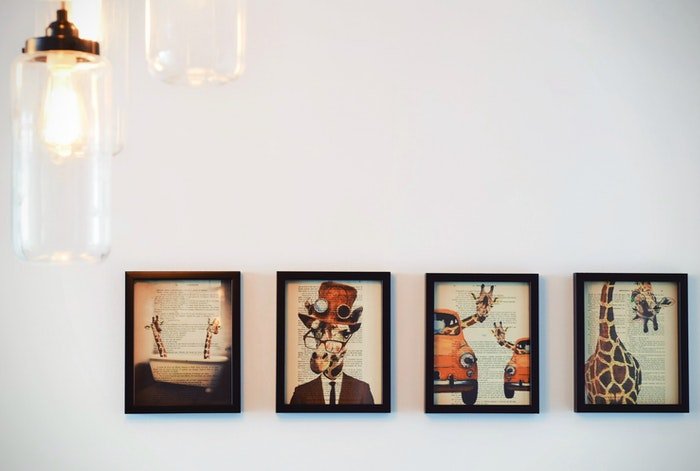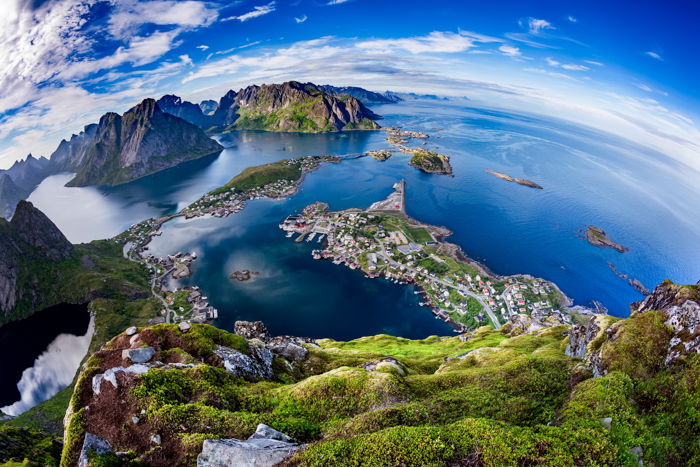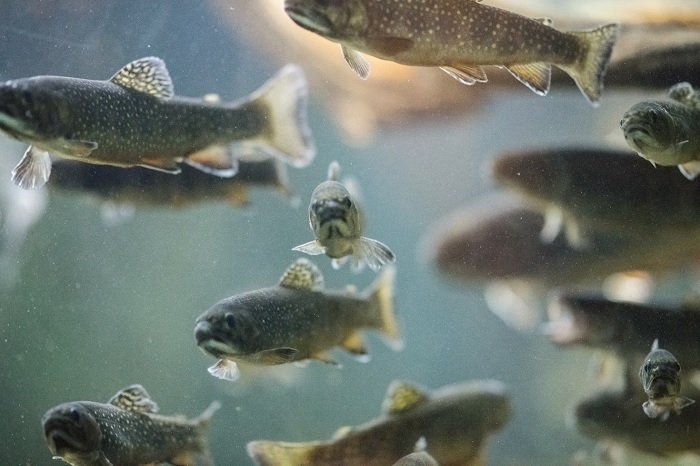Today, we’ll help you choose the best camera for product photography. Product photography is a profitable, fun, and in-demand photography niche. And the right equipment helps you capture amazing shots that sell.
For a quick answer, the best camera for product photography is the Fujifilm GFX 50S II. It has excellent image quality, in-body camera stabilization, and a tilting screen. But we recommend nine other fantastic cameras for product photography. And we’re going to provide you with an in-depth guide to all of them.
Best Camera for Product Photography (Top 10)
Product photographers can earn a lot of money in the world of photography. For this, they need skill and experience. But they also use expensive equipment to get the best results. So, what is the most popular camera for professional product photographers? Well, the answer depends.
Some of the cameras that product photographers use can exceed $40,000. But that’s beyond the budget of even the most enthusiastic enthusiast.
We include the best options for beginners, professionals, and experts on this list. That way, you can choose the perfect camera, no matter your skill level or budget. Use these links to get to the list that’s right for you:
- Best Product Photography Cameras for Professionals
- Best Product Photography Cameras for Beginners
- Best Product Photography Cameras for Experts
Best Product Photography Cameras for Professionals
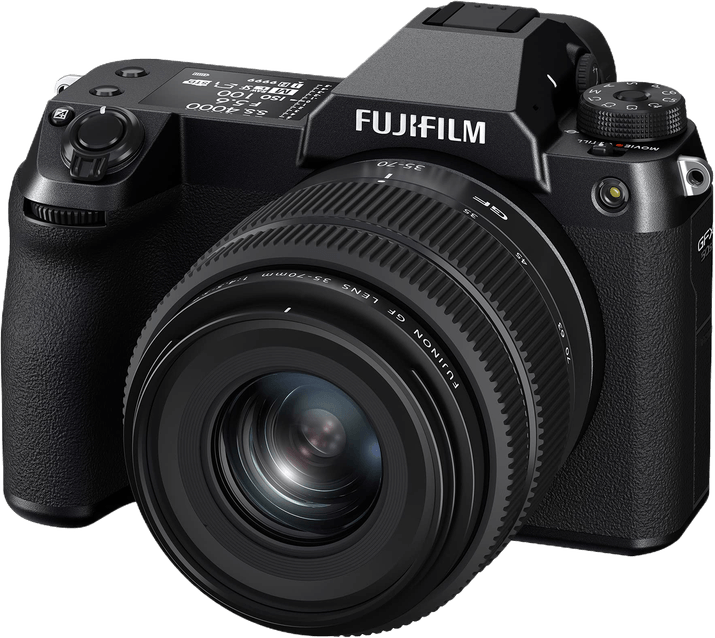
- Fantastic Fujifilm image quality
- 6.5 stops of in-body image stabilization
- Small and relatively light
- Dual-tilt screen for portrait and landscape formats
- Artistic Film Simulation modes
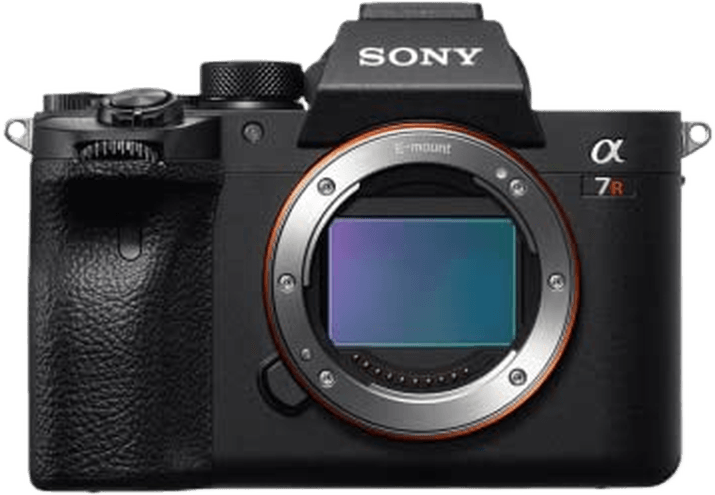
- Super high-resolution sensor
- Stunningly sharp image quality
- Excellent face and eye detection AF
- Large, high-resolution EVF
- Sharp 4K Ultra HD video
- Weather sealing to protect from elements
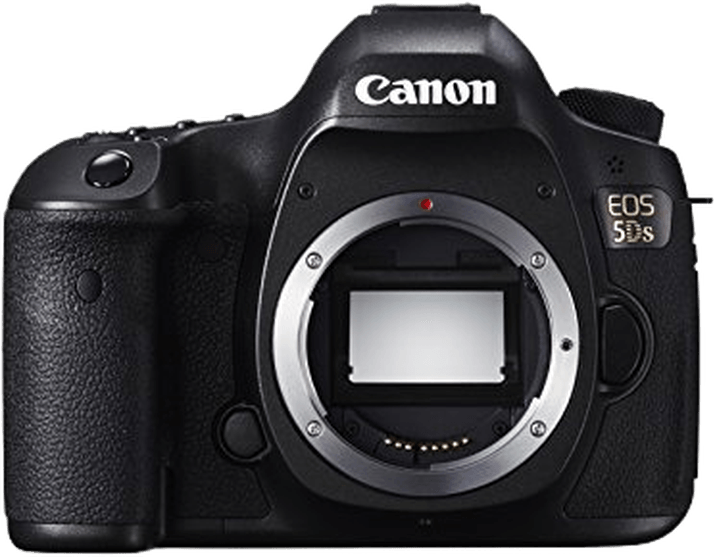
- High resolution
- Anti-flicker mode
- Time-lapse photography
- Fine Detail Picture Control
- LCD graphic overlays in viewfinder
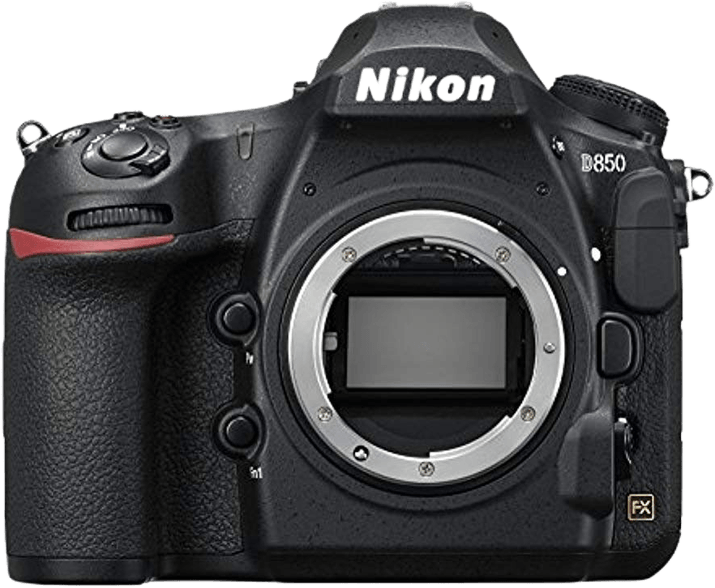
- Fantastic overall image quality
- Excellent 3D continuous AF tracking
- Long, 1,840-shot battery life
- Durable, weather-sealed construction
- Sharp 4K/30p Ultra HD video
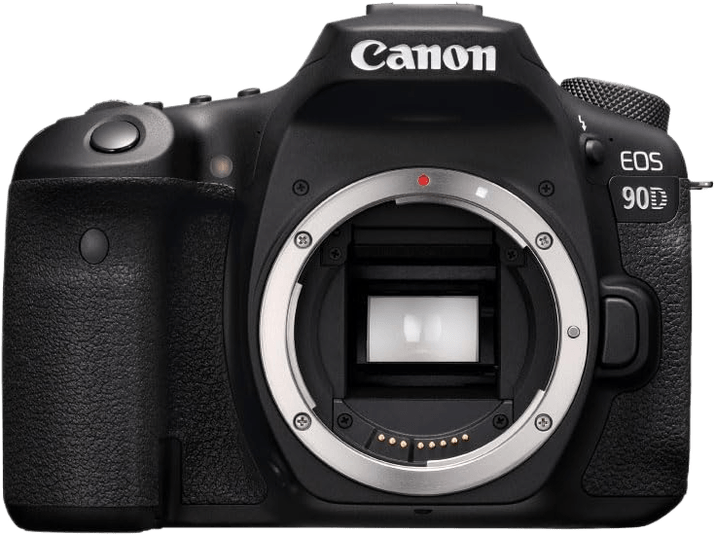
- Excellent 32.5 MP APS-C sensor
- Dual Pixel AF with eye detection
- Decent frame rate of 10 fps
- Good, 1,300-shot battery life
- Live View and 4K/30p Ultra HD video
1. Fujifilm GFX 50S II

| Sensor Format |
Sensor Format
|
| Lens Mount |
Lens Mount
Fujifilm G
|
| Megapixels |
Megapixels
51 MP |
| In-body Stabilization |
In-body Stabilization
|
| Autofocus Points |
Autofocus Points
425 |
| Video |
Video
|
| Screen Size |
Screen Size
|
The Fujifilm GFX 50S II is a medium format digital camera with exceptional features. The large sensor allows you to capture more detail not only in resolution but also in dynamic range. With so many autofocus points, you can keep the camera on a tripod and move many products in front of your lens.
Sure, it’s expensive. But if you think about it, it’s just about the same price as many flagship DSLRs these days. That’s why it’s an excellent entry point for those who want to try a medium-format camera.
So what do you get with the GFX 50S II? First, you get to enjoy expert-level image quality at a fraction of the price. Its medium-format sensor gives you depth and resolution. Even the best full frame sensor can’t replicate it.
The 50S also uses smaller file sizes than the GFX 100, saving you storage space. And finally, it has a compact body. It’s perfect for lifestyle product shots and studio photography.
Can’t afford the GFX 100 quite yet? Then try the GFX 50S.
2. Sony a7R IV

| Sensor Format |
Sensor Format
|
| Lens Mount |
Lens Mount
Sony FE
|
| Megapixels |
Megapixels
61.2 MP |
| In-body Stabilization |
In-body Stabilization
|
| Autofocus Points |
Autofocus Points
425 |
| Video |
Video
|
| Screen Size |
Screen Size
|
A lot of photographers switched brands when Sony released mirrorless cameras for professionals. Because mirrorless options are smaller, they often pack more features than regular DSLRs.
A lot has changed since Sony first introduced its professional line. And the Alpha 7R IV is the culmination of all those years of research and development.
What makes the Alpha 7R IV unique is that it features a 61 MP back-side illuminated (BSI)-CMOS sensor. That low-light feature blows the Canons EOS 5DS and Nikon D850 out of the water.
This camera also has a built-in image stabilizer. It eliminates the tiniest motion blur. That’s crucial, especially since product photography captures the smallest details. Plus, its price point is affordable for most professional photographers.
3. Canon EOS 5DS

| Sensor Format |
Sensor Format
|
| Lens Mount |
Lens Mount
Canon EF
|
| Megapixels |
Megapixels
50.6 MP |
| In-body Stabilization |
In-body Stabilization
|
| Autofocus Points |
Autofocus Points
61 |
| Video |
Video
|
| Screen Size |
Screen Size
|
A lot of people are aware of the Canon 5D’s legendary performance. It has been the go-to DSLR camera for most professional photographers.
The EOS 5DS is the beefed-up version of the 5D. Instead of the 30.4 MP of the Canon EOS 5D Mark IV, you get 50 MP. And that’s five more megapixels than the Nikon D850.
The 5DS’s high-resolution sensor rivals that of its medium format counterparts. It can produce high-quality images for big ads in a compact DSLR body.
And it’s compatible with dozens of Canon EF lenses. It makes it versatile for all sorts of product shoots.
4. Nikon D850

| Sensor Format |
Sensor Format
|
| Lens Mount |
Lens Mount
Nikon F FX
|
| Megapixels |
Megapixels
45.7 MP |
| In-body Stabilization |
In-body Stabilization
|
| Autofocus Points |
Autofocus Points
153 |
| Video |
Video
|
| Screen Size |
Screen Size
|
The Nikon D850 isn’t cheap. But if you can afford it, you know it’s reasonably priced for what it can do. Its 45 MP sensor alone has more than enough resolution. It can compete with the most expensive cameras on this list.
So what makes the Nikon D850 an excellent investment? The main reason is the image quality. It has one of the lowest instances of ISO noise when it comes to all the DSLR options we listed.
It also has an outstanding dynamic range. This allows you to recover shadows and highlights in your photos. And the 45 MP resolution enables you to print big ads without issues.
5. Canon 90D

| Sensor Format |
Sensor Format
|
| Lens Mount |
Lens Mount
Canon EF/EF-S
|
| Megapixels |
Megapixels
33 MP |
| In-body Stabilization |
In-body Stabilization
|
| Autofocus Points |
Autofocus Points
45 |
| Video |
Video
|
| Screen Size |
Screen Size
|
If you’re looking for a camera to leave on a tripod the whole day, the Canon 90D is for you. You can capture fantastic product photography images. It has professional capabilities and fantastic image quality.
Its unique Bluetooth features allow for remote shooting, perfect for product photography. You can leave your camera on the tripod while adjusting product lighting and setups.
It saves you from returning to the camera every time you move an object a few millimeters for the perfect image. This makes the Canon 90D perfect for food photography.
Best Product Photography Cameras for Beginners
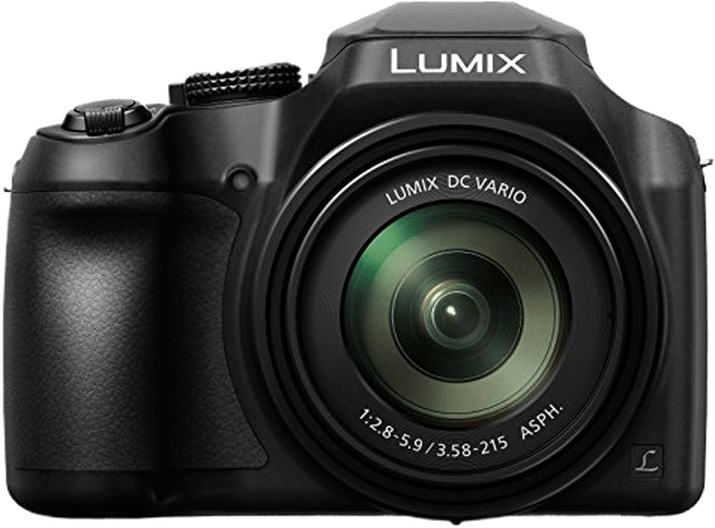
- Low price
- Built-in image stabilization
- Extensive 60x zoom range
- 1200 mm max focal length
- Easy touchscreen controls
- Sharp 4K video and photos
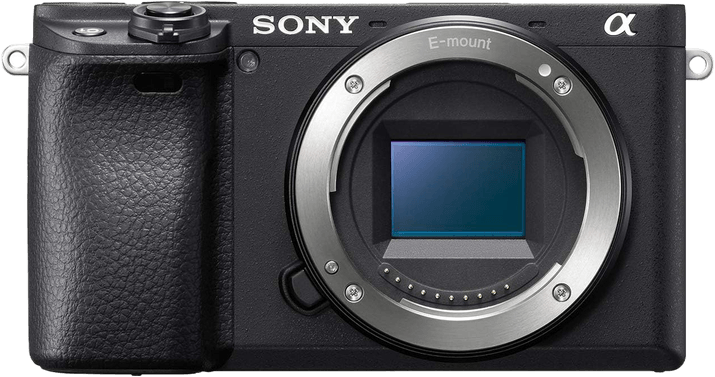
- Superb image quality for APS-C
- Good low-light performance
- Compact camera body
- No time limit for recording video
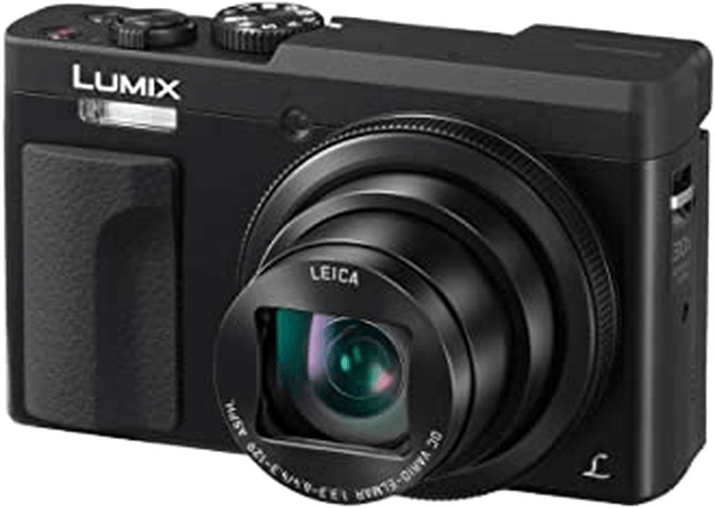
- A fixed Leica lens with 30x zoom range
- Subject tracking AF system with face and eye detection
- 4K Photo mode with 30 fps burst
- Built-in optical image stabilizer for camera shake
- Excellent 4K video
1. Panasonic Lumix FZ80

| Sensor Format |
Sensor Format
|
| Lens Mount |
Lens Mount
Fixed
|
| Megapixels |
Megapixels
18 MP |
| In-body Stabilization |
In-body Stabilization
|
| Autofocus Points |
Autofocus Points
49 |
| Video |
Video
|
| Screen Size |
Screen Size
|
The Lumix FZ80 features a wide range of capabilities. You can use it for excellent product photography. First of all, it has an equivalent of a 20-1200mm lens. This camera can cover it all, whether you are shooting wide-angle or zoomed-in.
The camera also has a Post Focus feature, so you can set the focus point after taking the image! It comes in handy for product photography, particularly food photography. If you use a tripod, it’s easy to incorporate this feature into your photoshoot.
The Lumix FZ80 can handle 4K videos. It’s an excellent feature if you need to get some product videos done. For all these reasons, the Lumix FZ80 is the best beginner camera for product photography. Plus, it comes with a very reasonable price tag.
2. Sony a6400

| Sensor Format |
Sensor Format
|
| Lens Mount |
Lens Mount
Sony E
|
| Megapixels |
Megapixels
24.2 MP |
| In-body Stabilization |
In-body Stabilization
|
| Autofocus Points |
Autofocus Points
425 |
| Video |
Video
|
| Screen Size |
Screen Size
|
The Sony a6400 may be outside some beginner budgets. But if you’re looking for a small camera that’s easy to use, look no further.
It has an impressive 24 MP sensor. This gives you more than enough quality for fantastic product images. But its real strength is being this small yet still compatible with the Sony E range of lenses.
This means that you can put on beautiful telephoto lenses for professional results. The best thing is it gives you a much simpler shooting method but with the same equipment!
3. Panasonic Lumix DC-ZS70

| Sensor Format |
Sensor Format
|
| Lens Mount |
Lens Mount
Fixed
|
| Megapixels |
Megapixels
20 MP |
| In-body Stabilization |
In-body Stabilization
|
| Autofocus Points |
Autofocus Points
49 |
| Video |
Video
|
| Screen Size |
Screen Size
|
The Panasonic Lumix DC-ZS70 is the cheapest camera on this list. But that doesn’t mean it doesn’t produce amazing results. The 20 MP sensor still allows you to take high-resolution photographs.
It is a point-and-shoot camera that features a Leica lens. It is probably the best glass you will find on a point-and-shoot camera. It also has in-body image stabilization and video abilities.
This is the camera for you if you’re on a tight budget and still need to photograph some products. The Panasonic Lumix DC-ZS70 is for you.
Best Product Photography Cameras for Experts
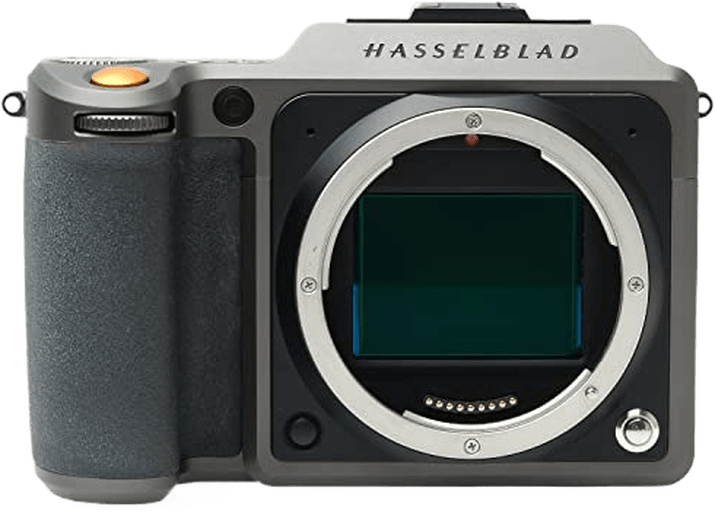
- 50 MP sensor gives you outstanding image quality
- Excellent 14-stop dynamic range
- 1/2000 s flash sync
- Very compact for a medium format
- Built-in Wi-Fi and GPS
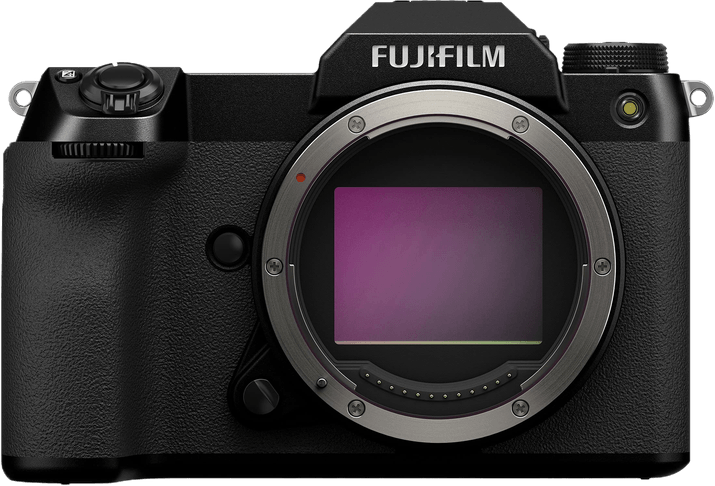
- Great image quality—better than comparable DSLRs
- 6 stops of image stabilization
- A good level of customization
- Good ergonomics
- Lightweight for a medium format camera
1. Hasselblad X1D II 50c

| Sensor Format |
Sensor Format
|
| Lens Mount |
Lens Mount
Canon EF
|
| Megapixels |
Megapixels
50 MP |
| In-body Stabilization |
In-body Stabilization
|
| Autofocus Points |
Autofocus Points
117 |
| Video |
Video
|
| Screen Size |
Screen Size
|
You can consider the X1D II 50C as the direct competitor of Fujifilm’s GFX 50R. It’s relatively compact, has similar features, and has the same price point. Since it’s a Hasselblad, it also has some of the best lenses for product photography.
It’s a considerate price tag for the body. But the X1D II 50C is quite affordable, especially for a Hasselblad.
If you buy a package with the kit lens, it can set you back a good amount. But that price is still manageable if you get plenty of commercial work. So if you want high-end equipment, this may be the best camera.
2. Fujifilm GFX100S

| Sensor Format |
Sensor Format
|
| Lens Mount |
Lens Mount
Fujifilm G
|
| Megapixels |
Megapixels
102 MP |
| In-body Stabilization |
In-body Stabilization
|
| Autofocus Points |
Autofocus Points
425 |
| Video |
Video
|
| Screen Size |
Screen Size
|
In 2019, Fujifilm announced its first medium-format, mirrorless camera—the GFX 100. What made it stand out was its design—different from its medium-format counterparts. It looked more like a supersized mirrorless camera.
It’s larger than a regular mirrorless camera. But the GFX 100S is relatively compact for a medium format. That’s why it’s perfect for both outdoor projects and indoor shoots.
Sure, the cost of the body alone is sky-high. But as a medium format camera with a 100 MP sensor, it’s quite a deal. It’s especially true since competitor cameras can cost four times as much or more!
How to Choose a Camera for Product Photography
Product photography is a mixed bag of various disciplines. So the photography equipment you need depends on what type of services you want to offer.
Product photographers offer many services for e-commerce, social media, and advertising. And each of those fields requires different approaches. So, the type of camera you get must meet the demands of your services.
High vs Low Megapixels (MP)
Are you interested in photographing for Amazon, Etsy, or eBay? You can get away with a less expensive camera body for digital use. You can even use a 12 MP option if you wish.
Websites don’t work well with big file sizes. If you use a high-resolution camera, you must reduce its quality to upload your images. So using more straightforward cameras with fewer megapixels for web use is best.
But what if you want to take product photos for print? Then it’s essential to buy a camera with a high-resolution sensor. You need to maintain the fine details of your image when printing commercial posters. These are several feet wide or even bigger!
4 Camera Features You Need for Product Photography
Let’s go over the four main features you need in a camera for product photography.
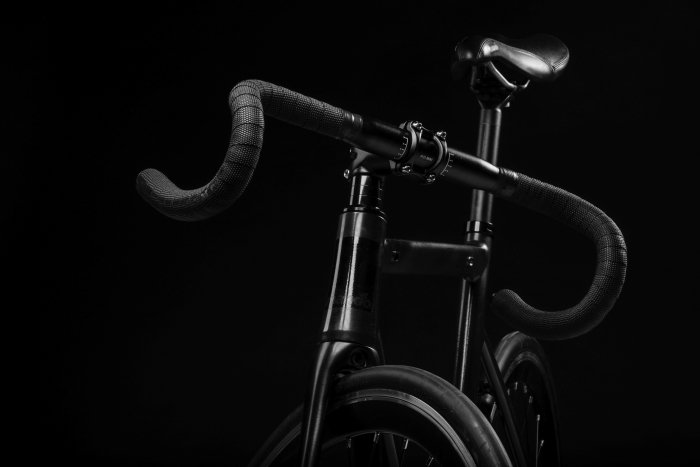
1. Manual Mode
Every camera has an auto mode. But professional photographers don’t use it often because it can sometimes be unreliable. Automatic cameras are still no match for the human eye. No matter how high-tech they are, they still make mistakes.
That’s why photographers prefer complete control over every aspect of photography. And manual mode allows them to do just that. What if you’ve never tried manual mode before? It’s not that hard to learn. Check out this quick guide on manual mode, and you’ll see.
Essential Camera Settings
When doing product photography, automated camera settings won’t always be accurate. So it’s still best if your device lets you select the ISO, shutter speed, and aperture combination.
That way, you always get the correct exposure every time. Your camera should allow you to adjust the white balance to capture accurate colors.
And, of course, manual mode settings also extend to lens focus. Cameras don’t always focus well on small products or low light when using auto mode. But if you adjust everything yourself, you can ensure that your main subject stays tack sharp.
2. Interchangeable Lenses
Smartphones and point-and-shoot cameras these days are pretty impressive. But the built-in lenses won’t do everything you need when photographing products.
Why limit yourself to built-in lenses? There are so many other options made explicitly for different situations. After all, photography for each product varies.
For example, macro lenses work well with small items such as jewelry. Meanwhile, a 24-70mm lens is perfect for lifestyle product photography.
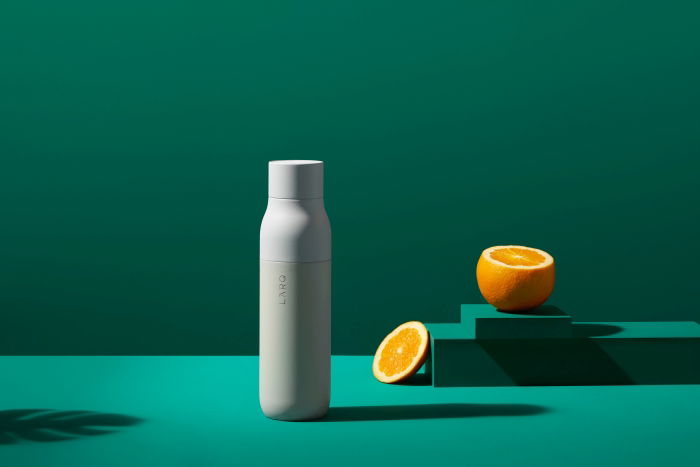
3. High-Resolution Sensors
When getting into product photography work, check the megapixel count of your camera. The larger the number of megapixels, the bigger the file and the higher the print’s quality.
The better resolution you have, the better you can capture details. High-resolution cameras let you fine-tune your photos in post-processing in finer detail.
Another perk of high-resolution sensors? You can crop very tight but still print very big. More megapixels mean more detail and less compression. More details mean you can crop more and fiddle with the composition… all without the risk of losing information!
Number of Megapixels Needed
Many product photography companies will ask about your camera’s megapixel count. Resolution options between 40 to 100 MP are perfect for large commercial projects.
But that doesn’t mean the best camera for product photography has to be 50 MP or over. When you’re starting, it’s doubtful you’ll get projects requiring big print ads.
Your first job will most likely be for online use or social media. So that means you can produce excellent photography products even with a 12 MP camera. But to help you get better results, it’s better to stick with 24 MP options. After all, they are common in most entry-level cameras, anyway.
4. High Dynamic-Range Performance
Product photography is ultimately all about lighting. Of course, regular people can take photos of products anywhere they want. But what makes a professional’s work different? It’s how they can create beautiful lighting around objects.
The best camera for product photography has to have an excellent dynamic range. In other words, it must equally capture the brightest highlights and shadows.
Determining Dynamic Range
Every camera is different, so their dynamic range performance also varies greatly. So, how do you know which camera has the best dynamic range? Since there’s no way for you to test each camera, you’ll need to rely on reviews.
If the camera you choose has only three stops of dynamic range, then it’s not a good option. You likely won’t recover shadows or highlights when editing your photos. But if it has eight stops or more, there are fewer chances of blowing out your images.
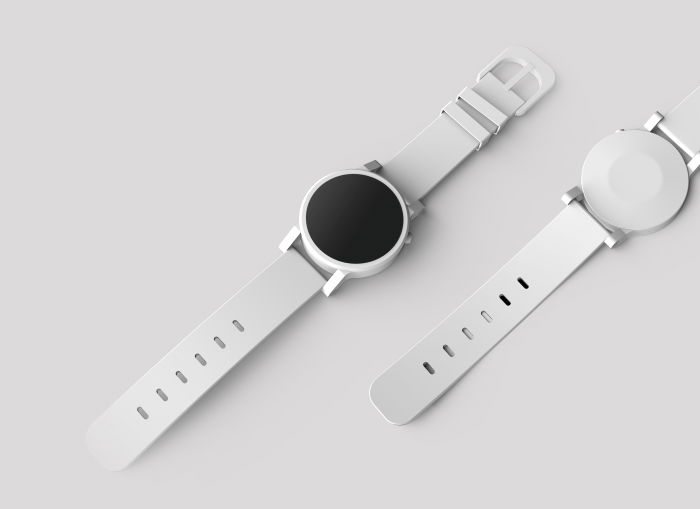
What Lenses Do You Need for Product Photography?
Even if your camera has a 100 MP sensor, it won’t mean much if you have a useless lens. And keep in mind that the higher megapixels come at a higher price! A more expensive lens with excellent sharpness and resolving power would be better.
If your lens can’t produce sharp photos, it negates the resolution of your camera. So choose a system that has reputable lenses. Thankfully, most camera manufacturers offer excellent options.
Check Lens Compatibility
It would also be best to consider the types of lenses you can buy for your camera. For instance, does your brand sell quality macro lenses specific to your device? We list the best macro lenses for Canon and Nikon.
If not, then that may not be the best choice. This issue is particularly prevalent when it comes to new mirrorless systems. Some of them have new mounts incompatible with lenses already available.
So before you buy, do your research. Check if the camera you have in mind is compatible with the lenses you’ll need.
Conclusion
Don’t overthink the best camera for your product photography when you start. It should be fine if you have an old 12 MP DSLR or mirrorless camera. Don’t invest your money in an expensive camera… especially if you don’t have the experience yet. Taking advantage of all its features is challenging if you don’t know how to use them properly.
So take your time and learn. The more you experience you gain, the more you earn. And as you increase your revenue, you can later buy better equipment that fits you. But if money is not an issue and you want top-level equipment, choose the Fujifilm GFX 50S II.
